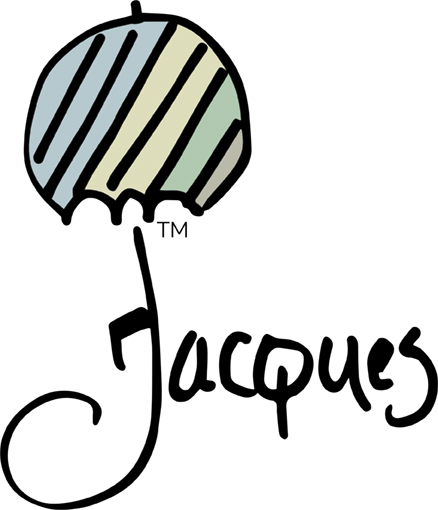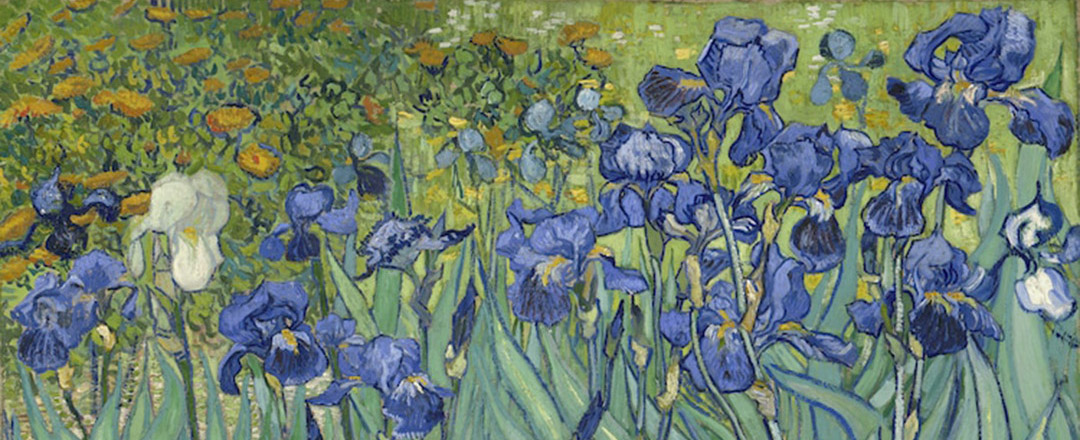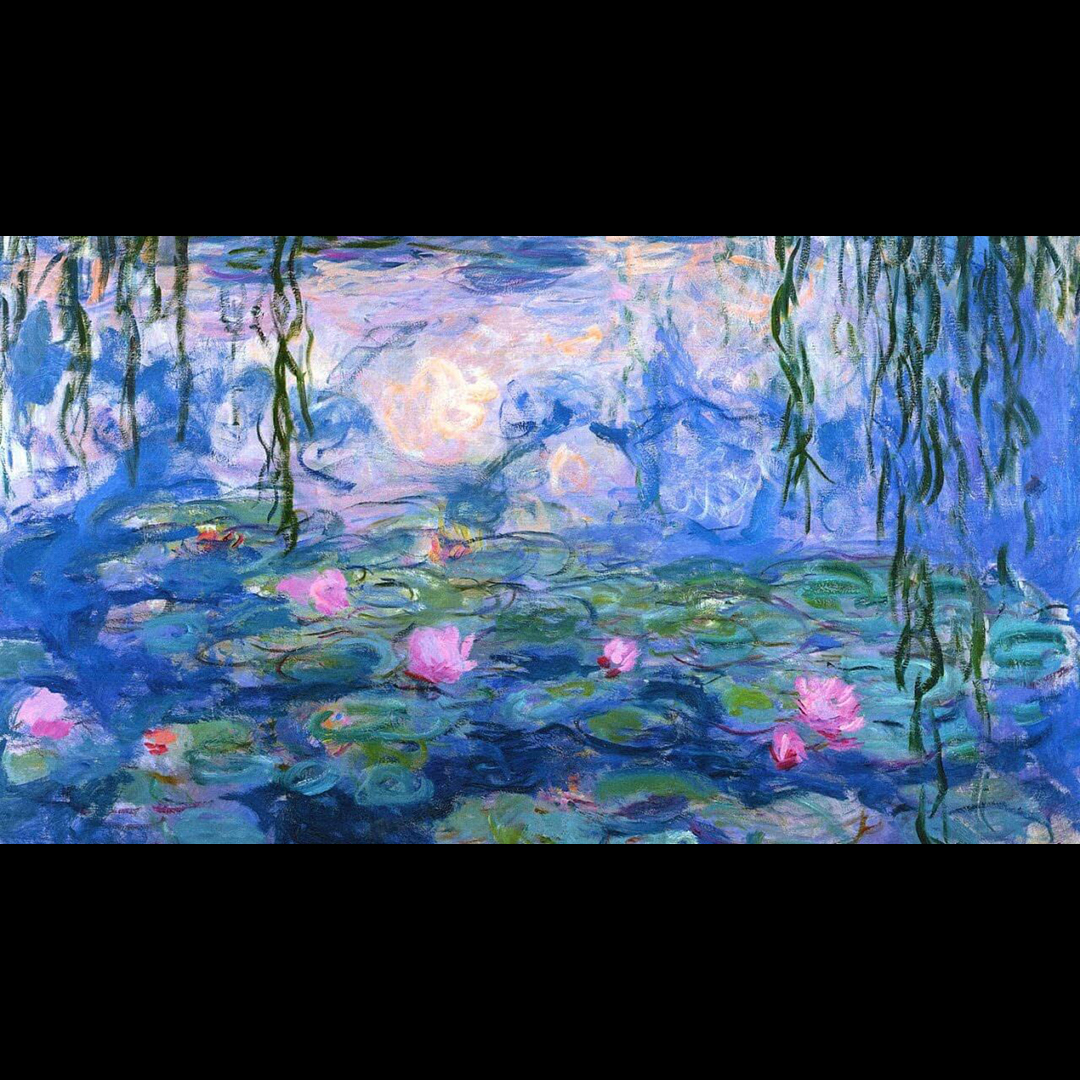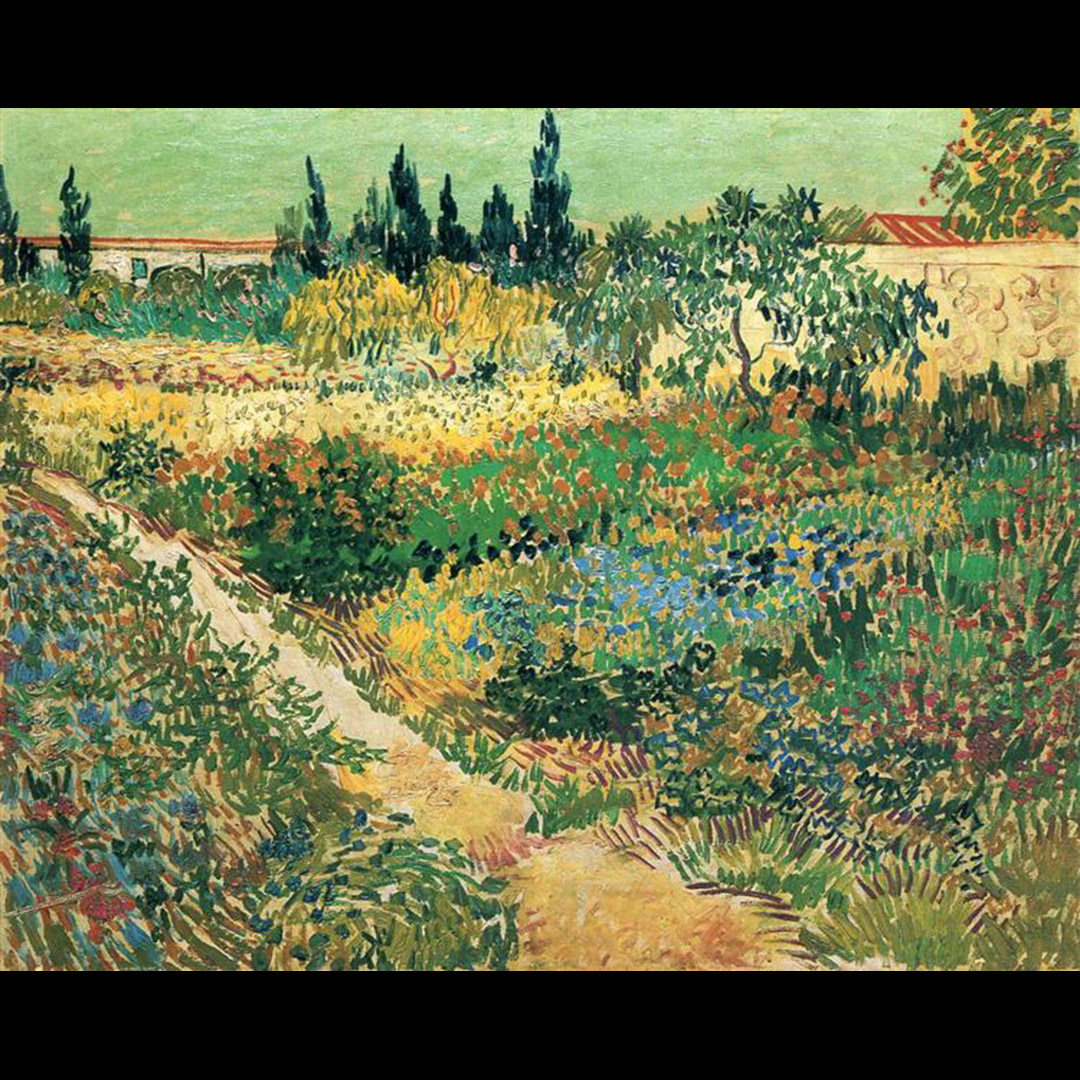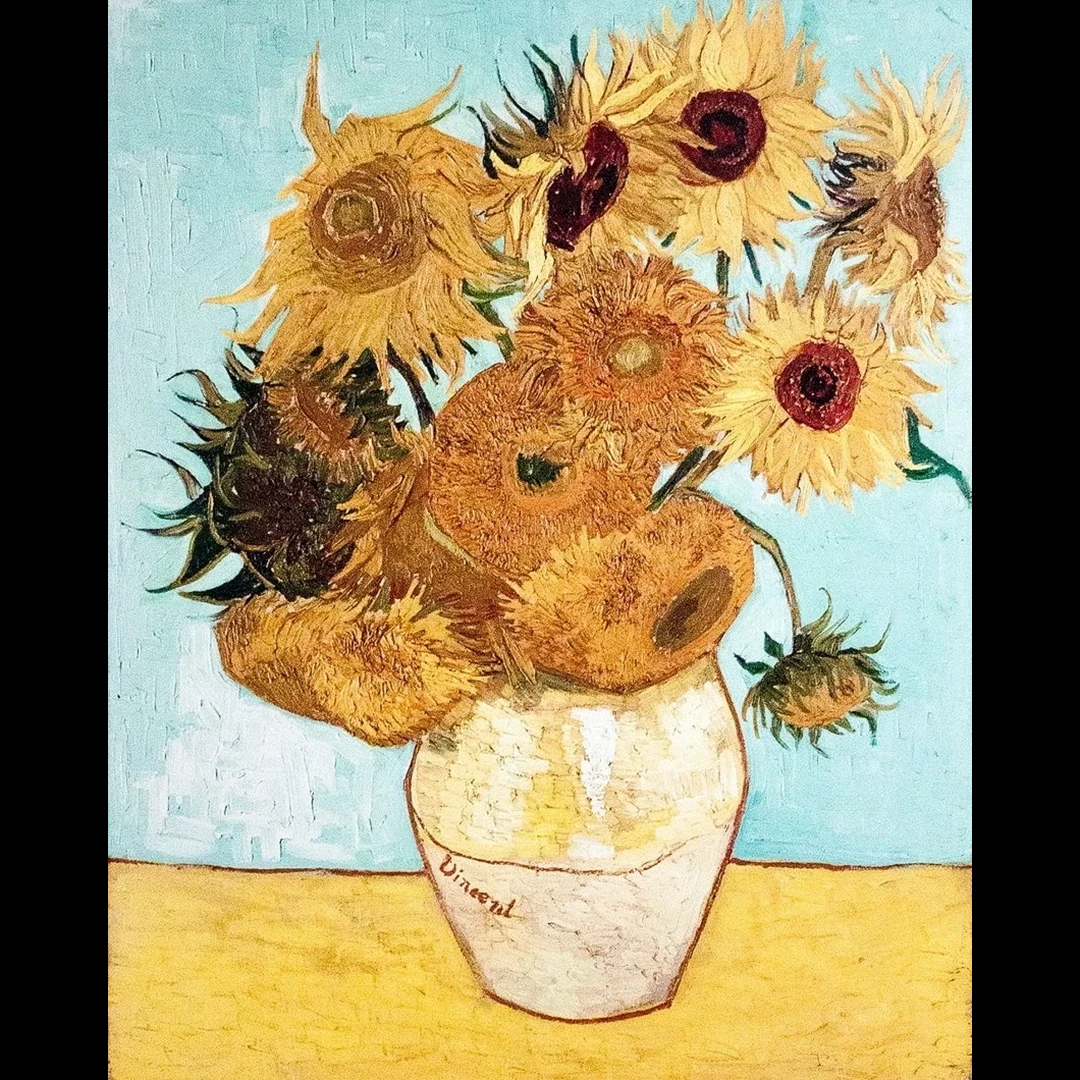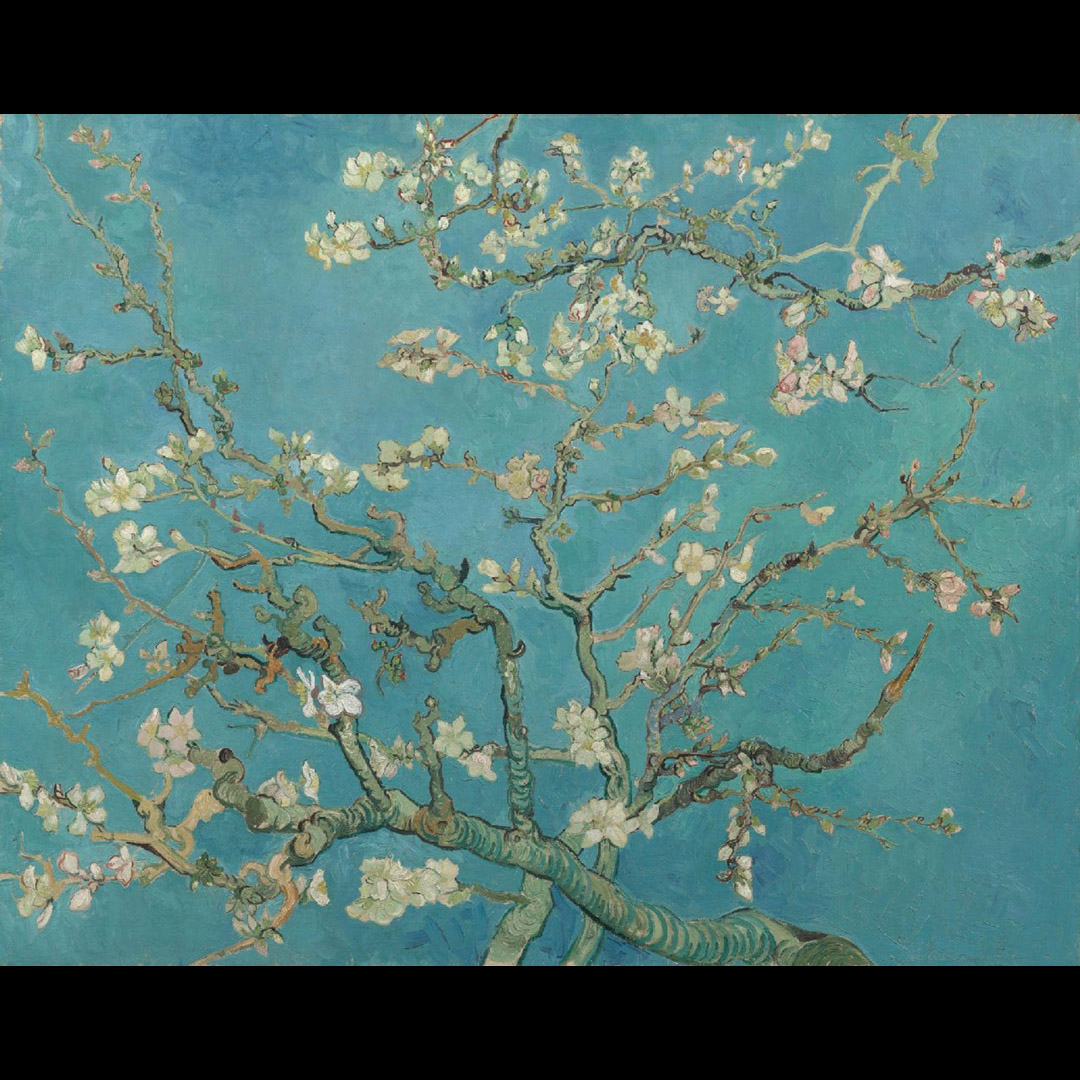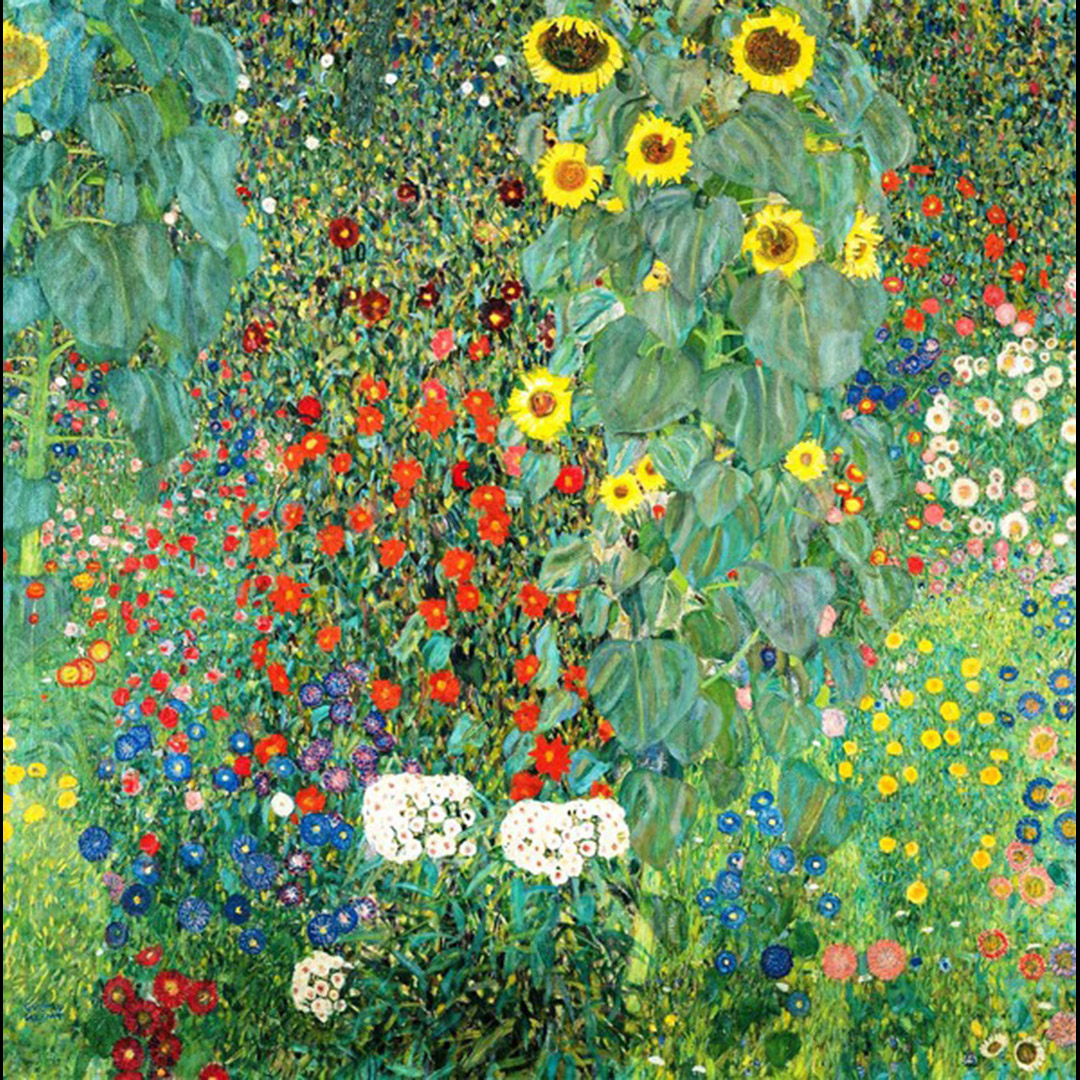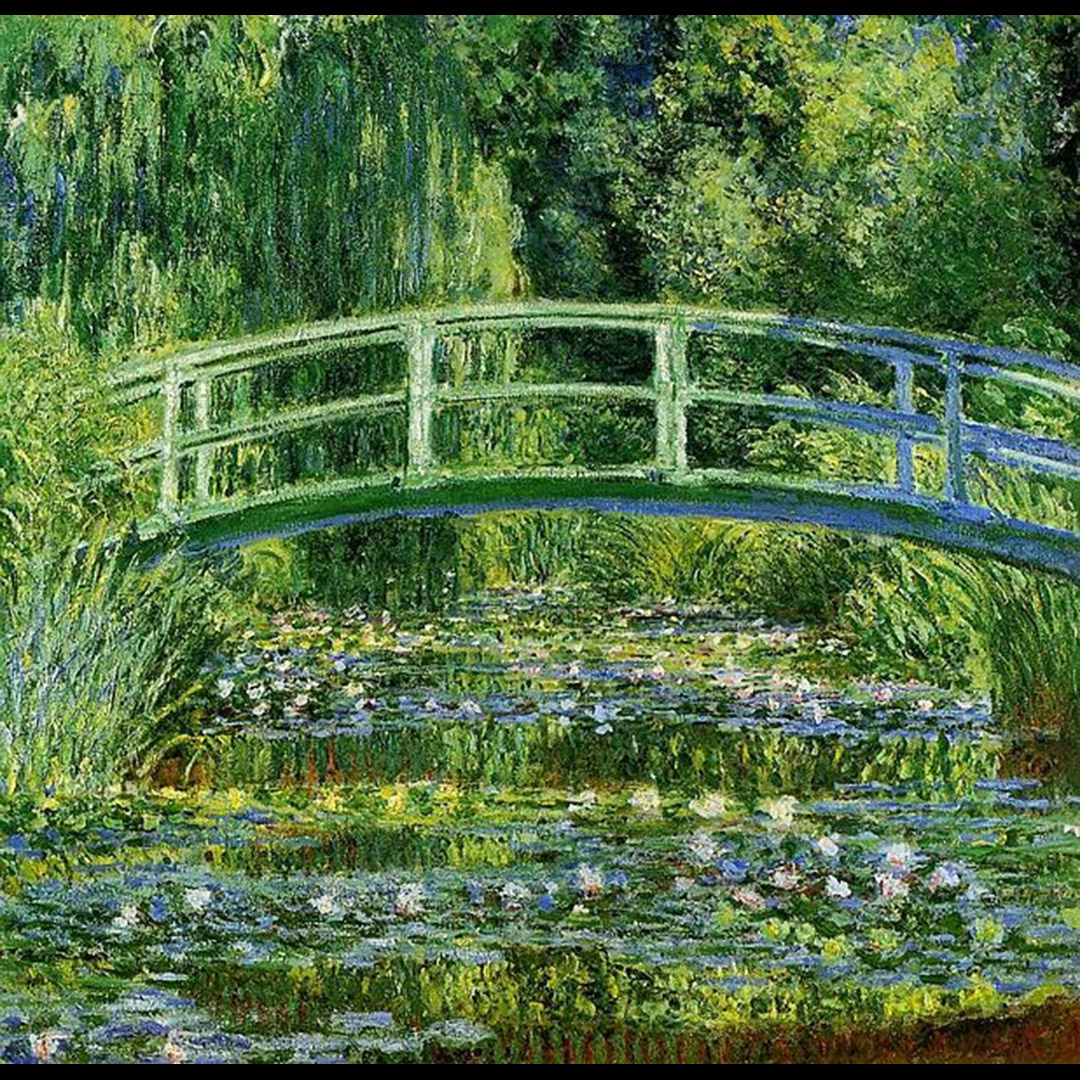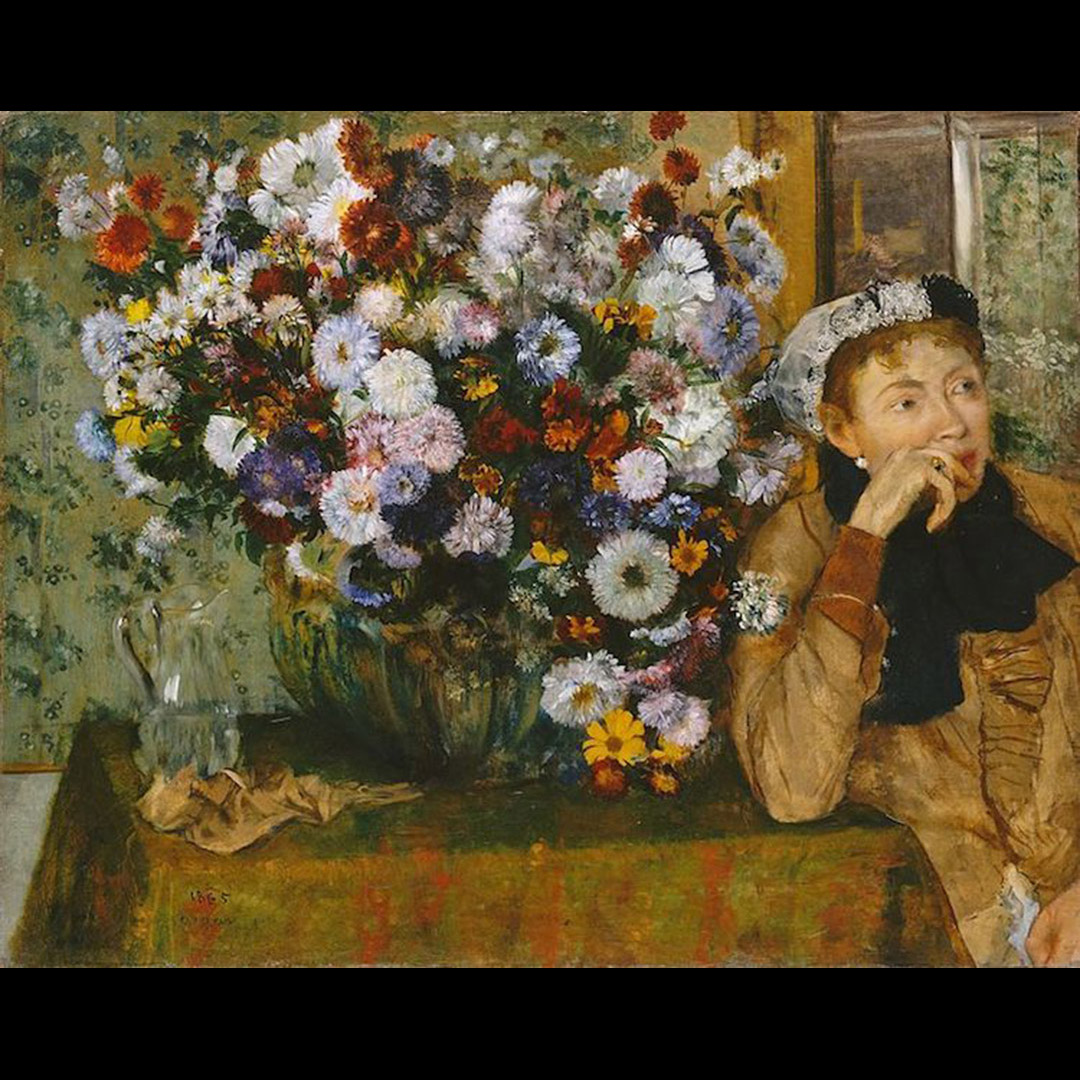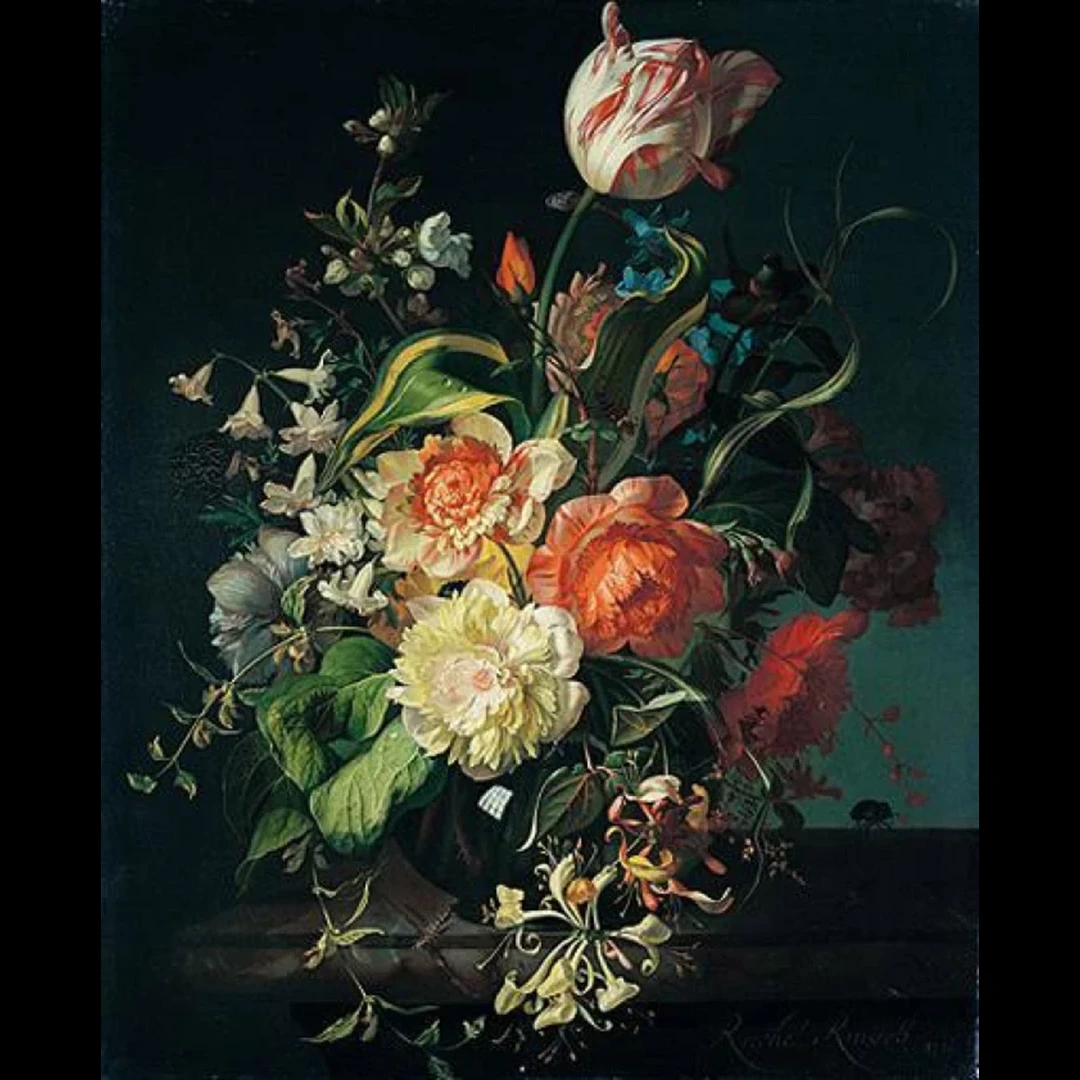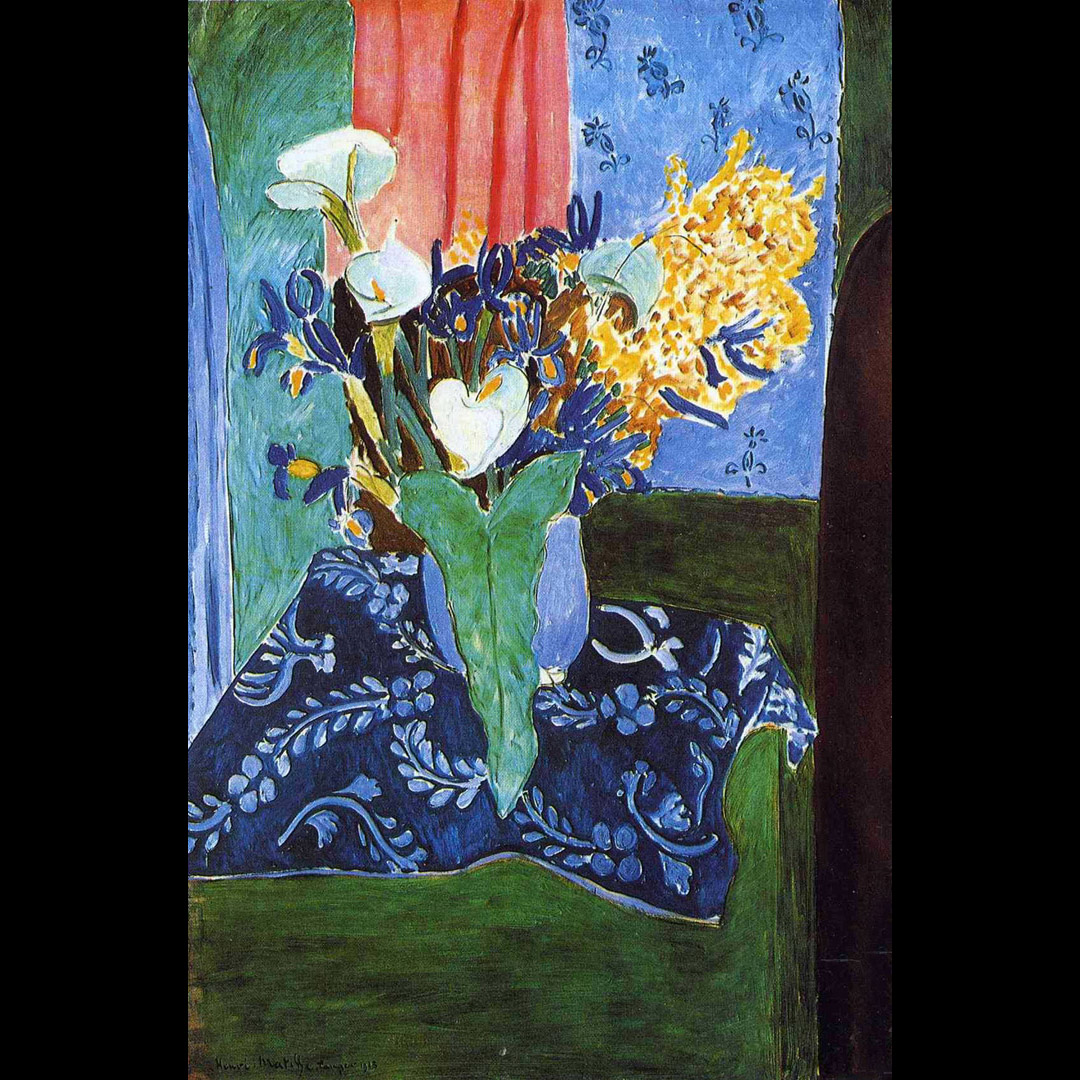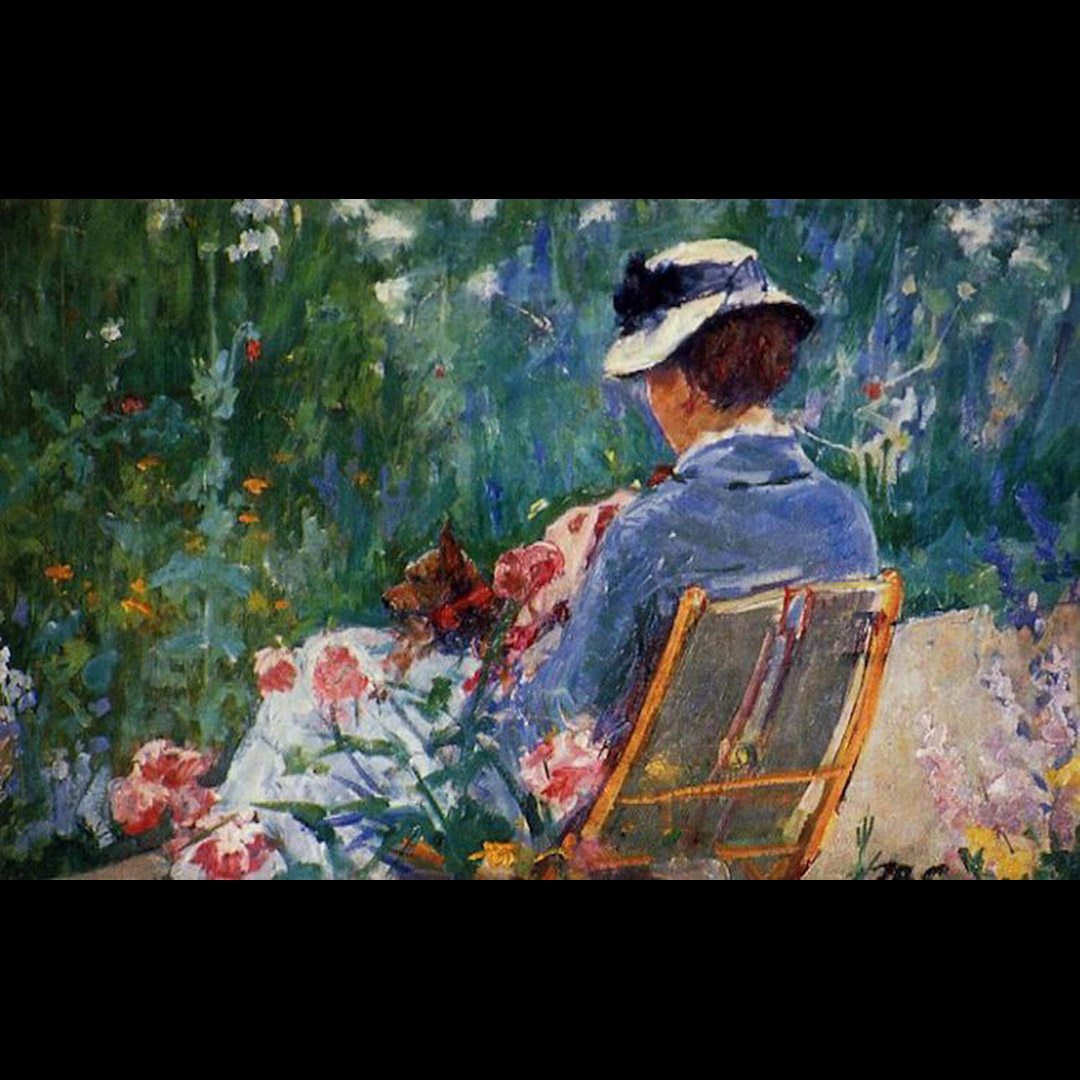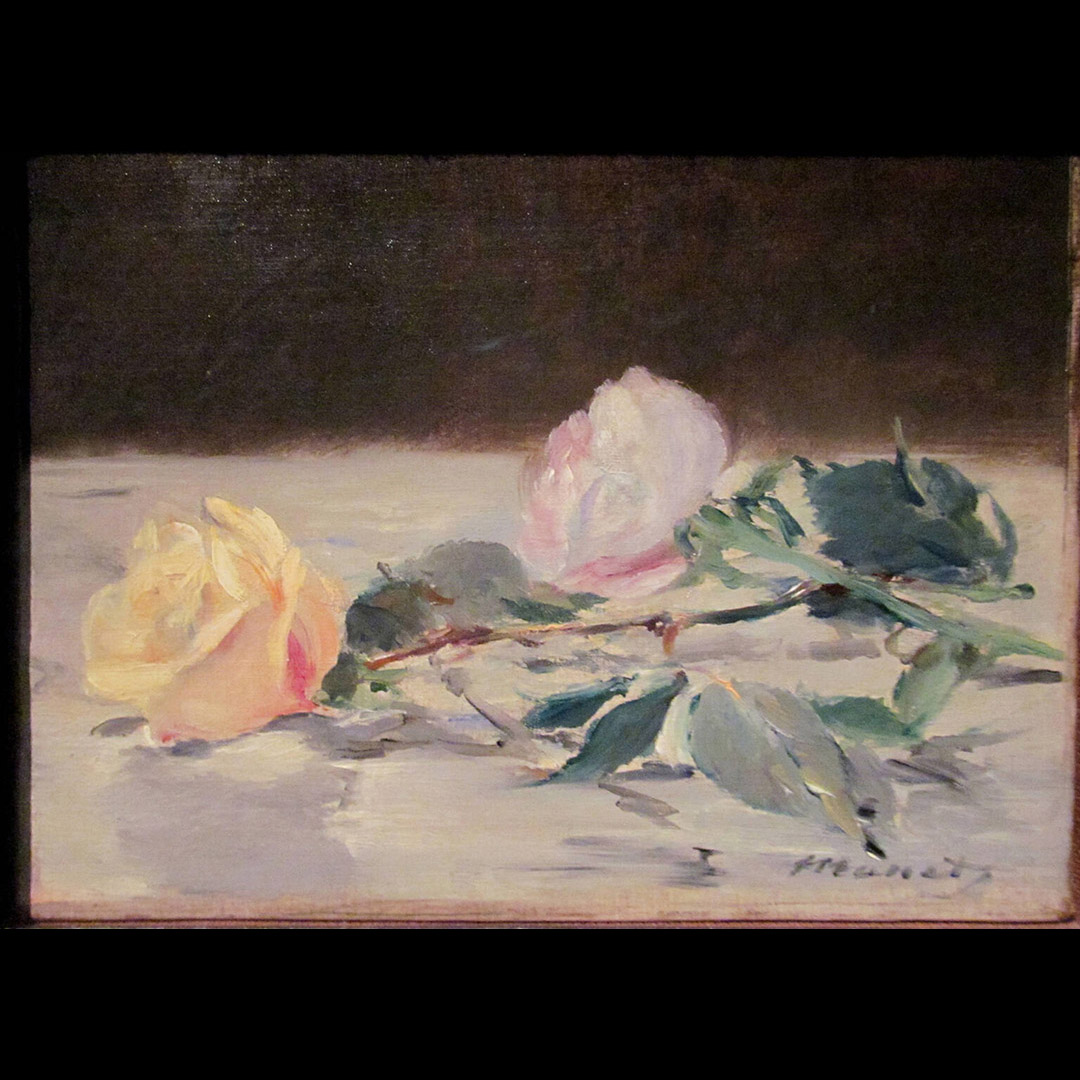“Flowers are a proud assertion that a ray of beauty out values all the utilities in the world.”
Ralph Waldo Emerson
Flowers have long played a major role in art through the ages. Here we share some links and a gallery celebrating the role of florals in art history.
 Artsy: “A Brief History of Flowers in Western Art” [*]
Artsy: “A Brief History of Flowers in Western Art” [*]
“In nature, flowers have a simple purpose: reproduction. With bright petals and beautiful scents, they lure insects to their pollen-filled centers to facilitate the plant’s fertilization and survival. Over millions of years, flowering plants have evolved into around 400,000 species, producing blooms of different shapes and colors that compete with one another for the attention of butterflies, ants, and bees.
The draw for insects is clear, but why do humans find flowers pleasing to the eye? Some scientists argue that people developed a liking for flowers because they signal proximity to fruit. Others, like the physicist David Deutsch, suggest that blossoms contain a type of objective beauty, attracting humans with their harmonious colors, soft curves, and symmetrical forms. Whether driven by nutrition, aesthetics, or something else, people have long imbued flowers with personal, cultural, and religious significance.
And creatives have been drawn to them for their evocative qualities, too. Over the centuries, artists have captured the rich symbolism of flowers, tracing the changing meanings of roses, irises, tulips, carnations, and more. Depending on the context, a single flower can represent reproduction or decay, purity or promiscuity, love or hardship—or nothing more than a pile of petals. From white lilies representing the Virgin Mary to Jeff Koons’s flower puppy, here are the botanical highlights of Western art.”
*Quotation above is taken directly from the website cited and is the property of that source. It is meant to inform the reader and to give credit where it is due.
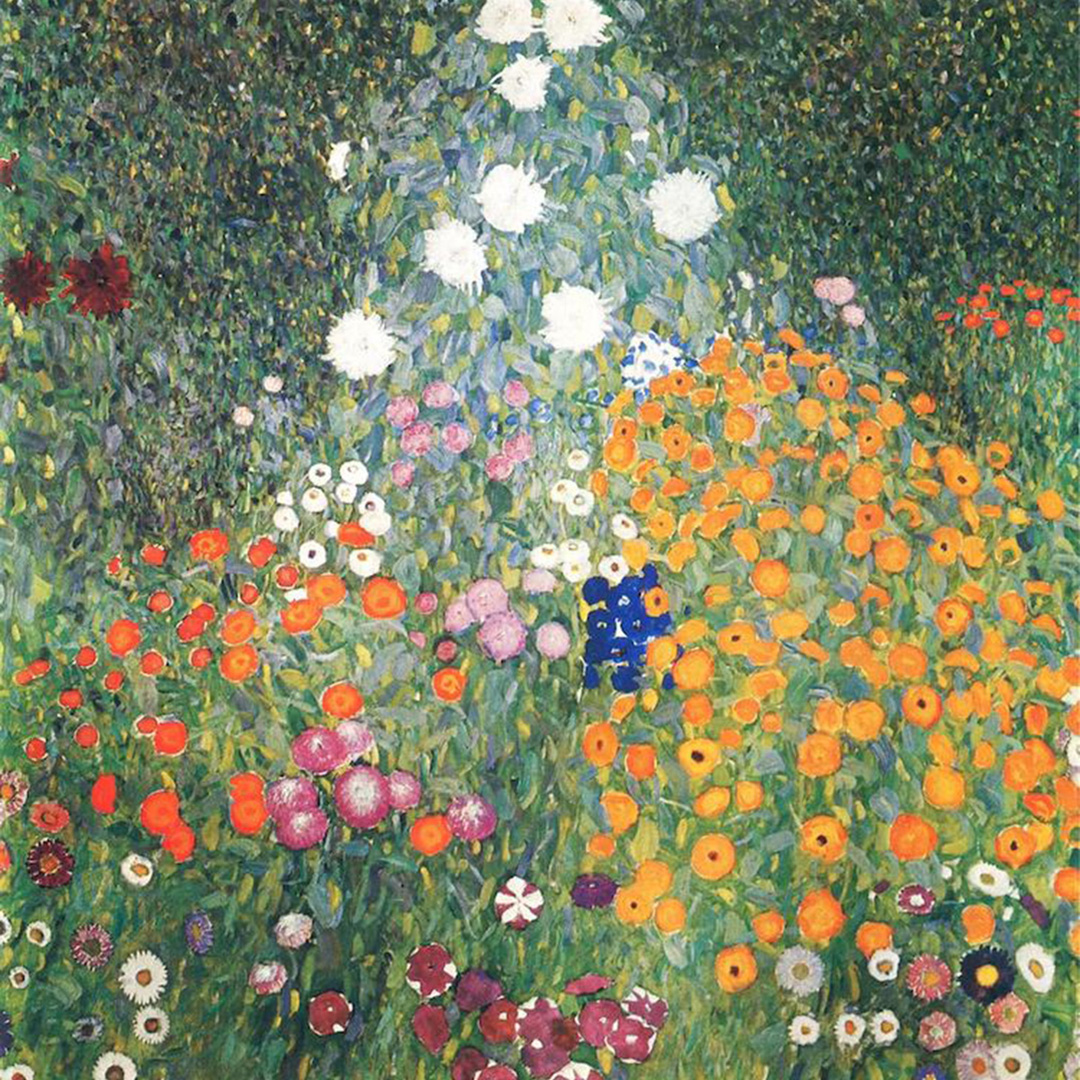 Social Learning: “A Brief History of Flowers in Art” [*]
Social Learning: “A Brief History of Flowers in Art” [*]
“The history of flowers in art is the story of faith, of attitudes to sexuality, and of the thirst for power and knowledge. In 17th-century Holland, the flower was a symbol of political influence, and of human control over nature. “Flower power” might well have been a Dutch invention.
The Dutch preferred imported flowers that were cultivated and cross-bred by human intervention. These new exotics included tulips from Turkey, dahlias from Mexico, and fritillaries from Persia. The spread of Dutch colonies left a kind of “floral map” of their global influence. Flowers in art have contradictory meanings—on the one hand, they represent an unrestrained sexual impulse, on the other, chastity. This uneasy union perhaps reflects the divisions between Christian morals and much older pagan beliefs.
In religious art, the use of flowers represents guarded attitudes towards sex. The Christian idea of the flower as a symbol of chastity is challenged by the Greco-Roman idea of flowers as emblems of spring, new life, and the impulse to procreate. Botticelli’s Primavera is charged with sexual eroticism, of floral abundance, and alluring female sexuality with scantily clad goddesses.”
*Quotation above is taken directly from the website cited and is the property of that source. It is meant to inform the reader and to give credit where it is due.
Here is part one of our flowers in art history gallery:
